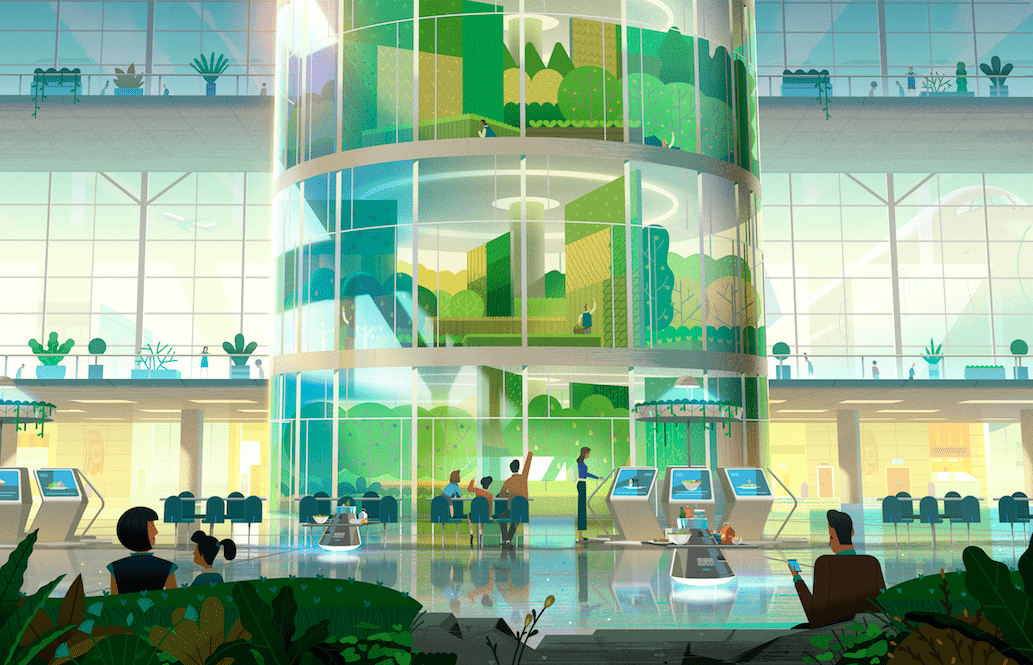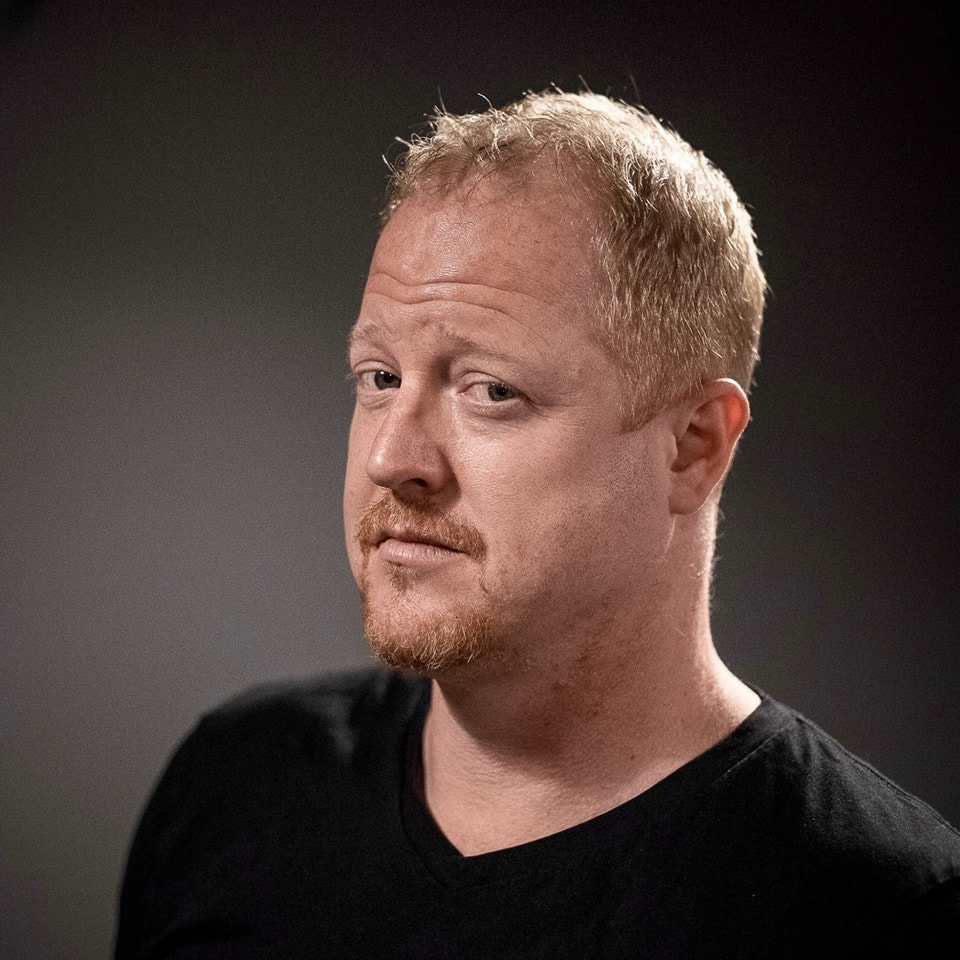From Robots to Augmented Reality: Envisioning YVR of the Future
Share

APEX Insight: Vancouver International Airport (YVR) is embarking on an ambitious expansion project, seeking to turn science fiction into everyday passenger experience. APEX Media met with futurist Nikolas Badminton, who was brought in by YVR to help envision the airport of the future.
“You’ve got permission to think about the future!” exclaims futurist speaker Nikolas Badminton with a smile, describing Vancouver International Airport’s YVR 2037 master plan. Badminton was brought in by YVR to help envision the airport of the future – an air transport hub that’s not just future-proof, but future-friendly, anticipating the needs of travelers in an ever-more-connected world.
That’s Another Story
In order to consolidate his vision, Badminton wrote a series of short stories known as design fiction, where aspects of design and technological innovation are laid out as narratives in order to make them more digestible, relatable and engaging. Edelman communications and marketing agency helped bring these stories to life with whimsical and evocative illustrations. An excerpt from Badminton’s “Leisure Travel” story imagines the security screening process at YVR in 2037:
“The family enters the Security Zone – a short passageway, walled on both sides with floor-to-ceiling, backlit panels. As they walk through, one by one, the panels switch from white to green, followed by a friendly voice that prompts them to proceed.
Once through security, they are greeted by the centerpiece of YVR’s biodiversity and sustainability initiatives – a multi-story tubular structure made of glass. Inside this tower, workers nurture and cultivate fruit, vegetables and plants, adjust atmospheric controls and gather produce for the day.”
Badminton was brought in to consult on the initial stages of the the project, which involved imagining what the world would feel like decades from now. What’s noteworthy about these design fiction stories is how present the technological elements are in today’s world: robot travel assistants, augmented reality and panopticon-style security. “The technology will be leveled up,” says Badminton, noting that today’s AI-driven tools are still in their early stages, with relatively small-scale adoption.
Also front and center in these YVR-of-the-future stories are the tenets of sustainability and respect for the First Nations history of Greater Vancouver. It was important, adds Badminton, that humans remain at the center of the overall story as they travel and connect for work, holiday and family reunions.
Firing Up the Imagination

This stage of the expansion plan primes the pump, as it were. Up next will be two public consultations, followed by an open house on the YVR observation deck. “We want people to think of immediate needs, but we also want them to think about the needs of tomorrow.” The conversations can run wild, and Badminton hopes they do – he’s hoping that some actionable gems will emerge that will make it into the 2037 master plan itself.
Futurism gets a bit weird, and Badminton says that YVR had no problem with that. “What was reassuring was they let me go for it. We established principles; they kept it sensible but also very forward-looking. They were incredibly brave. I think it’s a testament to them as an organization that they’re not scared of saying, ‘Let’s open this up and see what the possibilities are.'”
Decisions, Decisions
It’s not just robots and augmented reality, though: the airport must make concrete decisions around land use, amenities, infrastructure, transportation, sustainability and airspace management. For its 2037 master plan, YVR is using risk-based forecasting to accommodate for changing conditions and unforeseen events. Adjusting various risk factors creates a range of possible worlds over the course of thousands of computer simulations. The YVR 2037 discussion guide reads in part, “YVR’s master plan includes a comprehensive, multi-phase consultation process and uses a variety of tools and methods to gather information and facilitate meaningful engagement with communities, stakeholders and the public. Throughout each phase of consultation, we seek feedback on priorities, recommendations and proposed options from you – our key stakeholders and the public.”
For those seeking to be part of the human element, YVR 2037 public workshops take place September 14 and 17, and the Open House on October 12.


